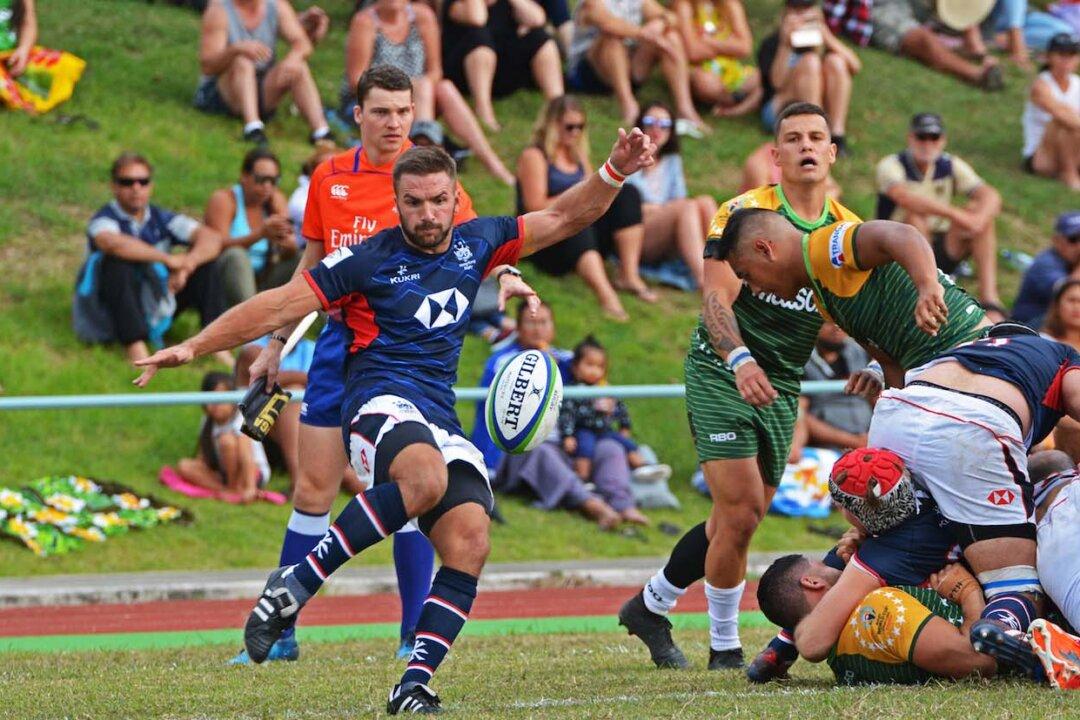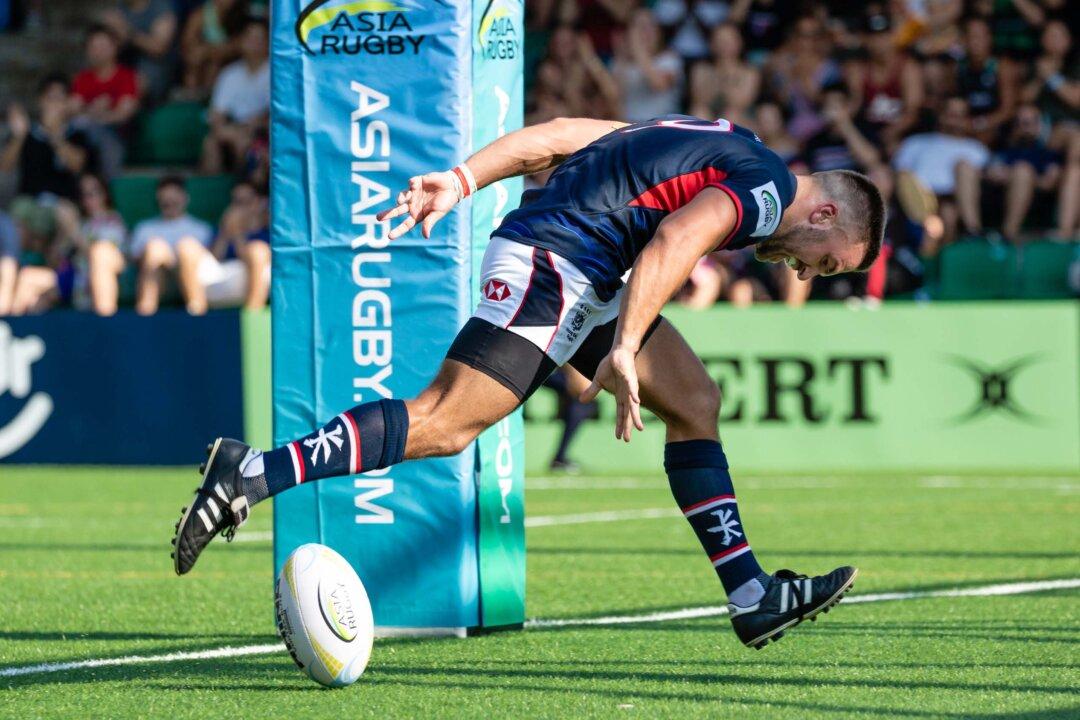The 11th Cricket World Cup is being co-hosted by Australia and New Zealand. After 42 Group stage matches, it’s now reached the sharp end of the tournament, with eight teams advancing to the quarterfinals. In the Group stages a team might afford a loss, but from now on the winner takes all.
The teams competing in the tournament are the 10 full members of the ICC, (Australia, Bangladesh, England, India, New Zealand, Pakistan, South Africa, Sri Lanka, West India and Zimbabwe); and four Associate or Affiliate members who qualified through the World Cricket League or through the World Cup qualifying tournament. These are Ireland, Afghanistan (competing for the first time), Scotland and the UAE.
It’s been a colourful tournament on and off the pitch. It’s been embraced enthusiastically by the home crowd in Australia and New Zealand with fervent support for their teams, and large contingents of fans for India, Sri Lanka and South Africa. Local fans have adopted nations like Afghanistan, or joined the fun with Ireland and Scotland. The crowd DJ’s have helped create a festive atmosphere at the matches, particularly at Eden Park, where the choice of music reflects the state of the game; most notably playing “Thriller” at the end of the tense and close match between Australian and New Zealand.
The Batting World Cup
The games have been dominated by the batsmen and batting. It’s already being called the Batting World Cup. Runs have flowed freely in many of the games, with statisticians rewriting the records book. There have been, (so far) 34 centuries, more than any other tournament. This includes Chris Gayle’s (West Indies) spectacular 215 against Zimbabwe, the highest score in World Cup history, with a record 16 sixes in one innings; Kumar Sangakarra of Sri Lanka scoring four consecutive centuries, another World Cup record; and AB de Villiers wonderful innings of 162 off 66 balls, a record strike rate, and the fastest 150 in World Cup history.
And you can’t ignore David Warner’s (Australia) 178 against Afghanistan; Tillakaratne Dilshan’s (Sri Lanka) 161 against Bangladesh; Hisham Amla’s (South Africa) 159 against Ireland; as well as Brendon Taylor (Zimbabwe) scoring centuries against Ireland (121) and India (138). Australia has posted the highest score in World Cup history, 417 against Afghanistan: and South Africa has batted through the 400 barrier, not once but twice, with 411 against Ireland and 408 against the West Indies.
The bowlers have suffered. Some have still delivered good figures. The leading wicket takers are Mitchell Starc (Australia) with 16; Trenton Boult (New Zealand), Mohammed Shami (India) and Josh Davey (Scotland) all with 15; and Jerome Taylor (West Indies) 14. Starc and Boult have also some of the best bowling figures, 6-28 and 5-27 respectively; but Tim Southee (New Zealand) has the best to date, of 7 for 33.
The Groups
The teams were divided in two groups of 7.
Group A was topped by New Zealand, who won every game, including the “Thriller” against Australia. They’ve also posted the best run rate of any team in the competition, +2.564. Australia came second: and both Australia and New Zealand look strong contenders to meet again in the final. Sri Lanka came third, Bangladesh fourth… and these four teams progress to the quarterfinals.
Teams heading home are England, who had a miserable and underwhelming tournament. They had victories against Afghanistan and Scotland, but lost comfortably to the to the Test nations. There is much soul searching to be done by players, coaches, administrators and selectors to get the England team back on track. Both Afghanistan and Scotland head home.
The Group B champion was India. They won all their games. The defending champions are building momentum going into the quarter finals. South Africa came second, only by a superior run rate over Pakistan. Fourth were West Indies who qualified with a better run rate than Ireland, although equal on points. For Ireland it was not an early St Patrick’s Day celebration. They had to win against Pakistan in their final group match. Despite an impressive century by William Porterfield it was not enough, and Pakistan won comfortably by 7wickets. Zimbabwe and the UAE were 5th and 6th respectively.
Quarter Finals
The quarter finals are being played this week, from March 18-21. The match order is, QF1 South Africa vs Sri Lanka (March 18, Sydney); QF2 India vs Bangladesh (March 19, Melbourne); QF3 Australia vs Pakistan (March 20, Adelaide) and QF4 New Zealand vs West Indies (March 21, Wellington). The semi-finals are the winner of QF1 against QF4, then QF2 vs. QF3. The final will be played at the Melbourne Cricket Ground on March 29.
The draw theoretically has the two host nations potentially playing each other in the final: that eventuates it will be a titanic trans-Tasman battle. But cricket can be fickle. South Africa who have never won the World Cup, nor been in a final, is looking to change that in 2015. Sri Lanka always a potent force on their day would like to make it third time lucky having lost in 2011 and 2007 (but won in 1996). If Chris Gayle has another imperious innings the West Indies can also find themselves vying for glory and reliving the heady days of the late ‘70’s when the West Indies were all-conquering. Before dreams, reality: the eight teams face their moment of truth this week in the quarters.
Final Word
Sadly, no Associate side had made it to the quarters. Ireland missed out narrowly through run rate. But the Associate teams have not disgraced themselves at the tournament. They provide a telling message to the world and the ICC (International Cricket Council) that quality cricket is played by non Test nations (against Test Nations). They deserve a platform and audience alongside the elite. It’s supremely disappointing the 2019 World Cup will be reduced to only the ten Test nations. Ostensibly because the tournament is too long; yet 2019 with ten teams will be three days longer than 2015 with 14!! The 2015 World Cup has been richer for the likes of Ireland, Afghanistan, Scotland and the UAE, both on the pitch and in the enthusiasm around the grounds….and it would be wonderful to see teams like Hong Kong, Papua New Guinea, Holland, Kenya and Canada visible more often at the highest level.
Sport benefits by being inclusive. Narrowing the field only reduces opportunity, interest and the incentive to participate. A more inclusive game offers players, coaches and the support infrastructure the energy and sporting DNA to grow. The next World Cup is possibly a retrograde step for cricket. Let’s hope members of the ICC, listen to the telling words from William Porterfield (Ireland), who in his post match interviews has been constructively critical of the ICC and the decision to reduce the next World Cup to only the ten Test Nations.
A more enlightened and inclusive vision is needed for cricket. Adopting measures such as playing two matches on the same day will enable more teams to be present in 2019. This will benefit cricket, help make it a global game, and allow the sport to be enjoyed and embraced by a larger audience.
Grahame Carder is a sports enthusiast and former player from representative Schoolboy level, through University and most corners where he’s lived. He currently works as a Consultant on Strategy and Marketing.




